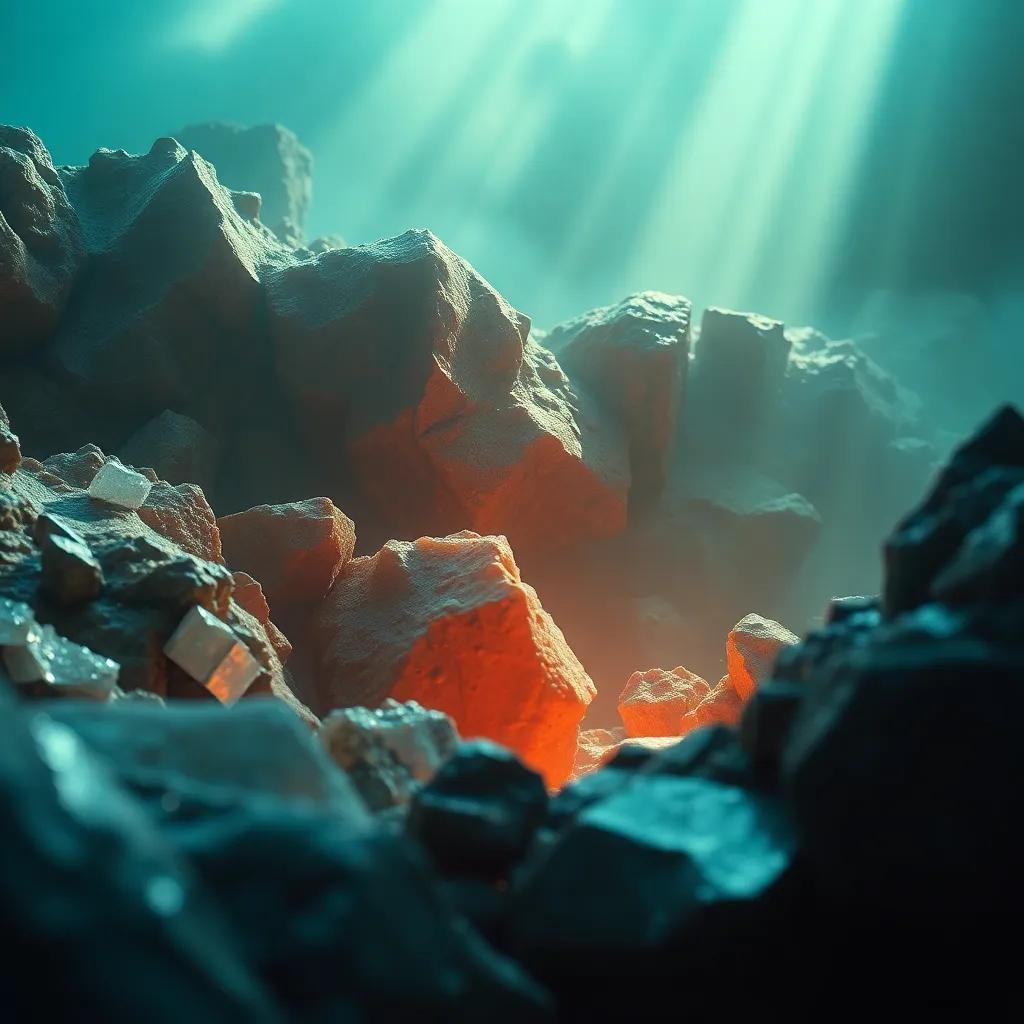Table of Contents
Luminescent Battery Odyssey

A spark of curiosity travels from a tiny crystal to the edge of a battery.A lab trick-ultralow-dose imaging-lets scientists watch how the LiCoO2 heart of a high-voltage cathode bends under pressure, without burning it away. The goal is simple, and electric: unlock more energy without sacrificing life. The story unfolds with a clever pairing-Cepstral Matching Analysis (CMA) stitched to Scanning Nanobeam Electron Diffraction (SNED)-to reveal nanoscale sketches of structure, thickness, and tilt at near-atomic whispers. This is not just physics; it’s a promise to power our future with longer-lasting energy. For a closer look at the method’s origin and details, see the researchers’ report [[1](https://www.researchgate.net/publication/396749382_Low-Dose_Nanoscale_Visualization_of_Crystal_Phases_in_Epitaxial_Cathodes_via_Cepstral_Matching_of_Scanning_Nanobeam_Electron_Diffraction)].
Revealing the nanoscale story
– Ultra-low-dose SNED maps crystal phases at ~1 nm resolution, while keeping sample damage minimal.
– Doses hover around 3 × 10^3 electrons per square nanometer,cutting beam harm by nearly two orders of magnitude compared with conventional methods.- Diffraction data from epitaxial LiCoO2 films are converted into cepstra and matched to references for layered, spinel, and rocksalt phases.
– The technique reduces artifacts caused by tilt, thickness, and bending, delivering a truer picture of the interface.
- In high-voltage cycling, the bulk remains largely layered; the top ~1-3 nm at the electrolyte interface forms rocksalt-type phases.
– Those interfacial rocksalt regions, about 1-2 nm thick, carry spinel-like contrasts on certain facets.- These transformations impede Li+ transport and contribute to capacity fade, even when the bulk looks intact.
– CMA’s cepstral approach sharpens accuracy and reproducibility by correcting tilt and thickness effects in diffraction data.
– The method offers a powerful way to test protective coatings and dopants, and can extend to Ni-mn-Co layered oxides, Li-rich layered oxides, and all-solid-state batteries [[1](https://www.researchgate.net/publication/396749382_Low-Dose_Nanoscale_Visualization_of_Crystal_Phases_in_Epitaxial_Cathodes_via_Cepstral_Matching_of_Scanning_Nanobeam_Electron_Diffraction)].- Beyond batteries, the approach could illuminate any ionic-device where structure and transport hinge on delicate interfaces, from gas sensors to fuel cells.
Interface vs Bulk: a debate
Two viewpoints collide in the lab. Proponents argue CMA-SNED exposes a precise, damage-free map of how interfacial chemistry reshapes LiCoO2 at the brink of failure. They point to the almost invisible rocksalt-like zones at the electrolyte edge, a mere 1-2 nanometers, that distort ion flow just enough to erode capacity over time. They claim the bulk’s layered integrity is a misdirection if the surface sabotages performance.
Skeptics caution against over-claiming what a controlled, epitaxial thin film may imply for real-world electrodes. They ask whether these interfacial whitespaces are worldwide or artifacts of the measurement setup. they urge replicating across varied morphologies and cycling conditions.
What endures from the exchange is a shared truth: interfaces govern destiny. The nanoscale rocksalt and spinel signals aren’t quirks; they’re clues-warnings and opportunities alike-for how to design, coat, and optimize next-gen cathodes.
Future trajectory and impact
This CMA-SNED lens reframes what we test and trust. It makes it possible to quantify how protective coatings or doping choices suppress those interfacial changes, linking microscopic phase behaviour to macroscopic performance. The method isn’t limited to LiCoO2 alone; it scales to Ni-Mn-Co layered oxides, Li-rich layered oxides, and even all-solid-state battery concepts. And its reach extends beyond energy storage: gas sensors, atomic switches, and fuel cells-any system where ions crave stable, orderly pathways-could benefit from a low-damage, high-resolution view of interfaces. The future of batteries,and possibly many devices that power our world,now has a sharper map to guide longer life and higher energy density.
Three-word outro insight

ultra-low dose, deep insight: the LiCoO2 interface speaks. [1]




